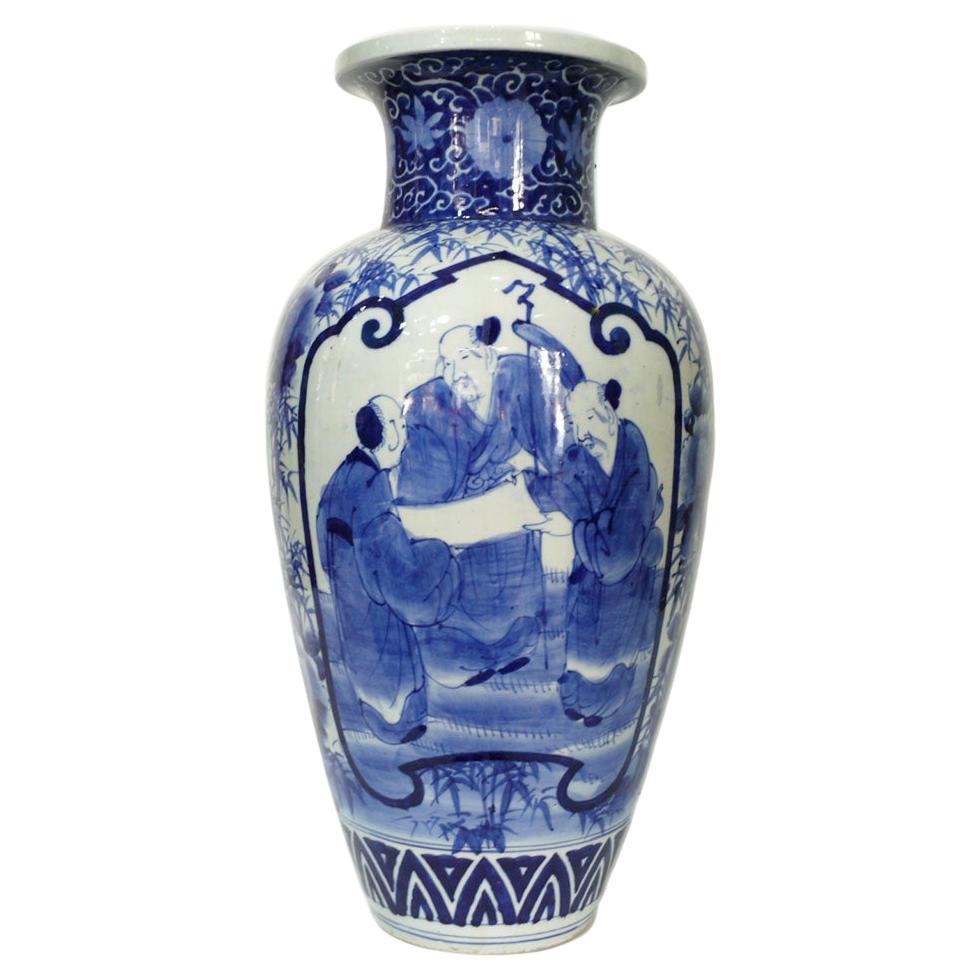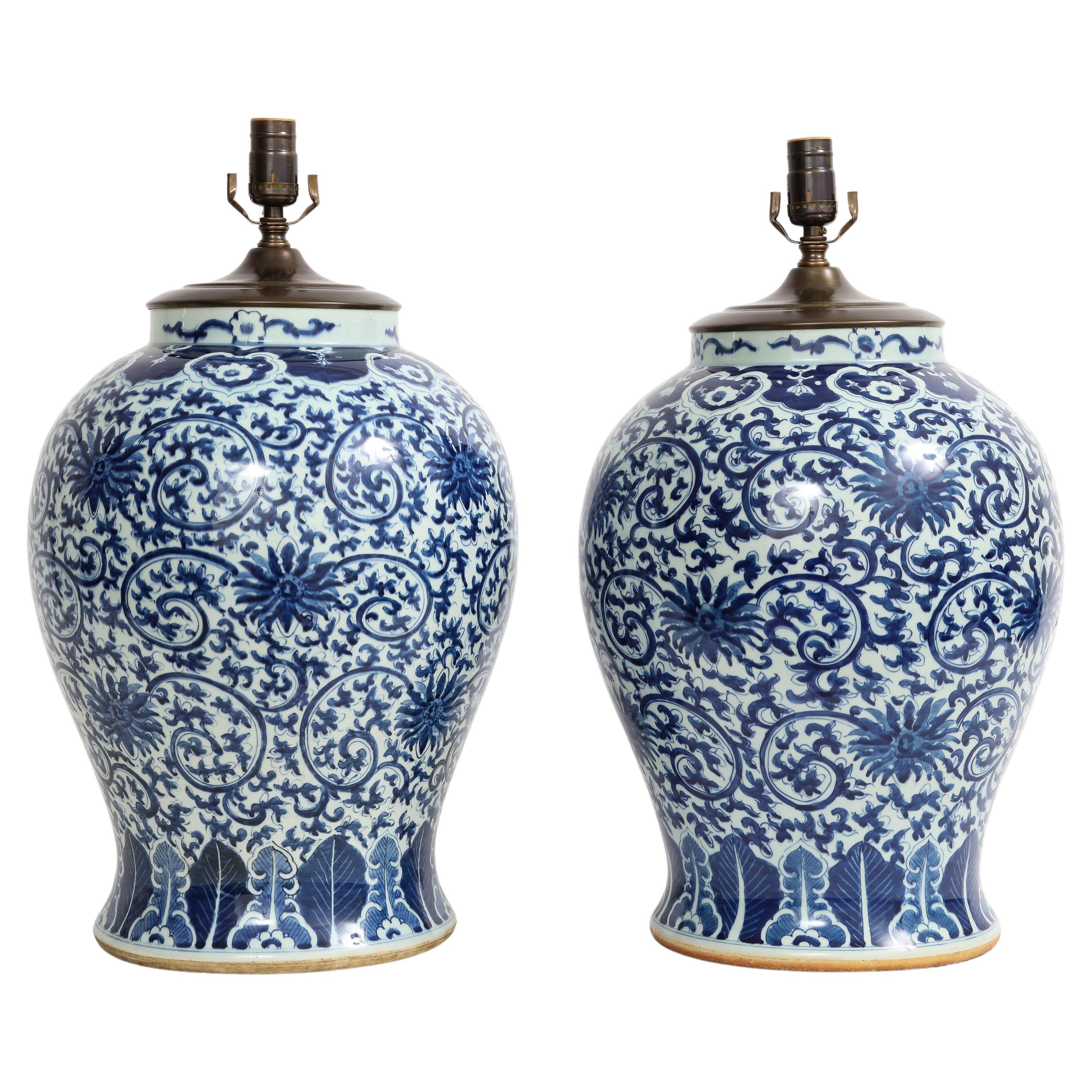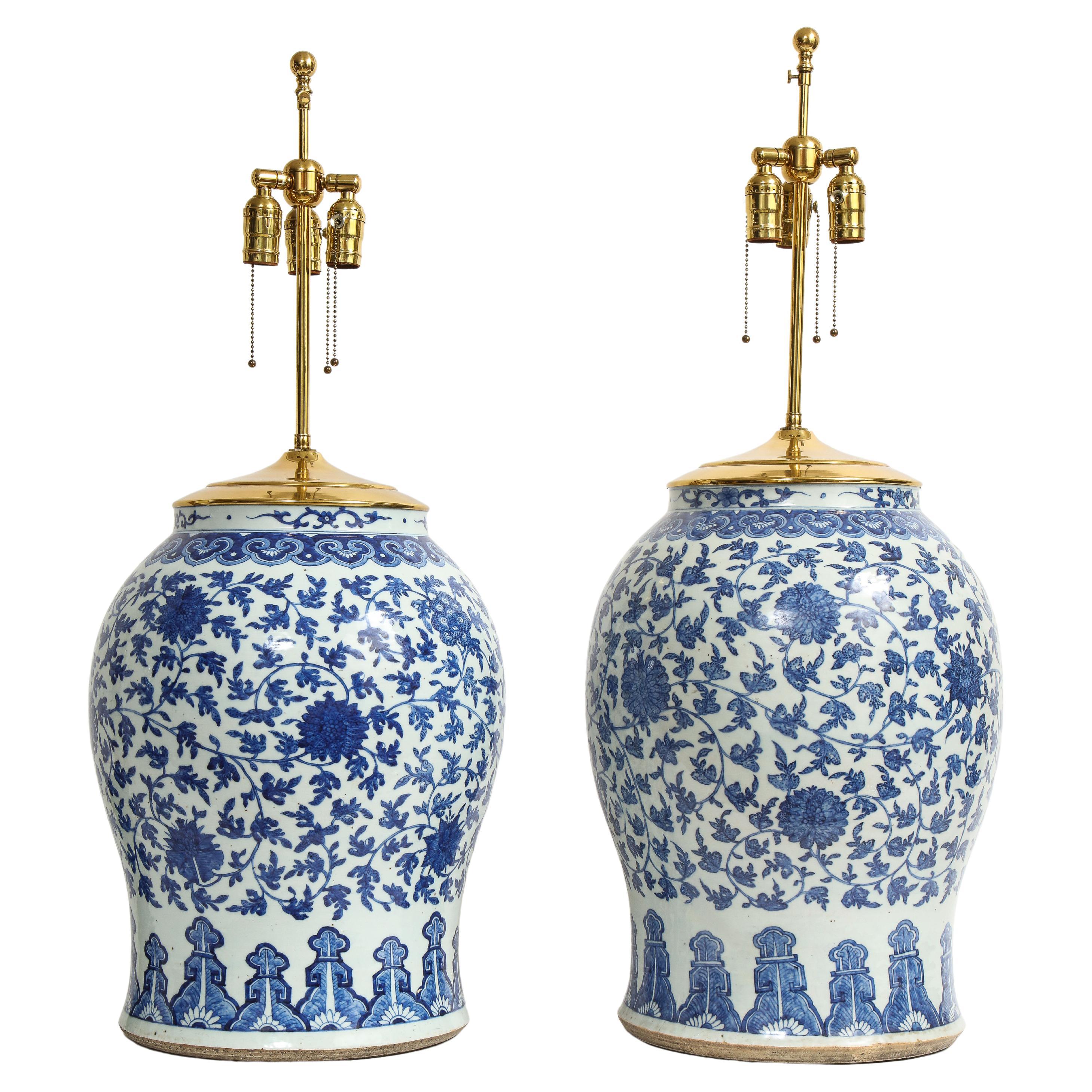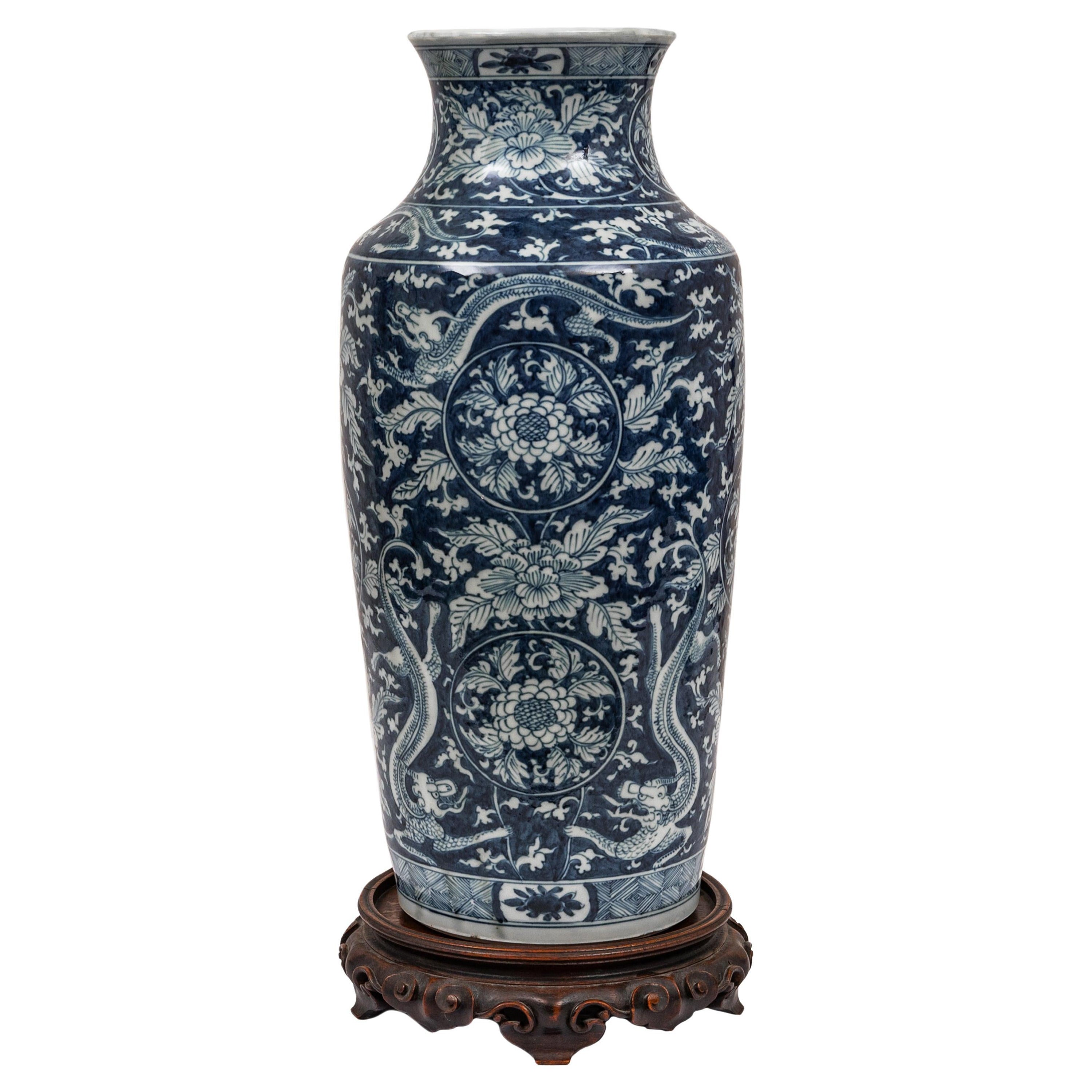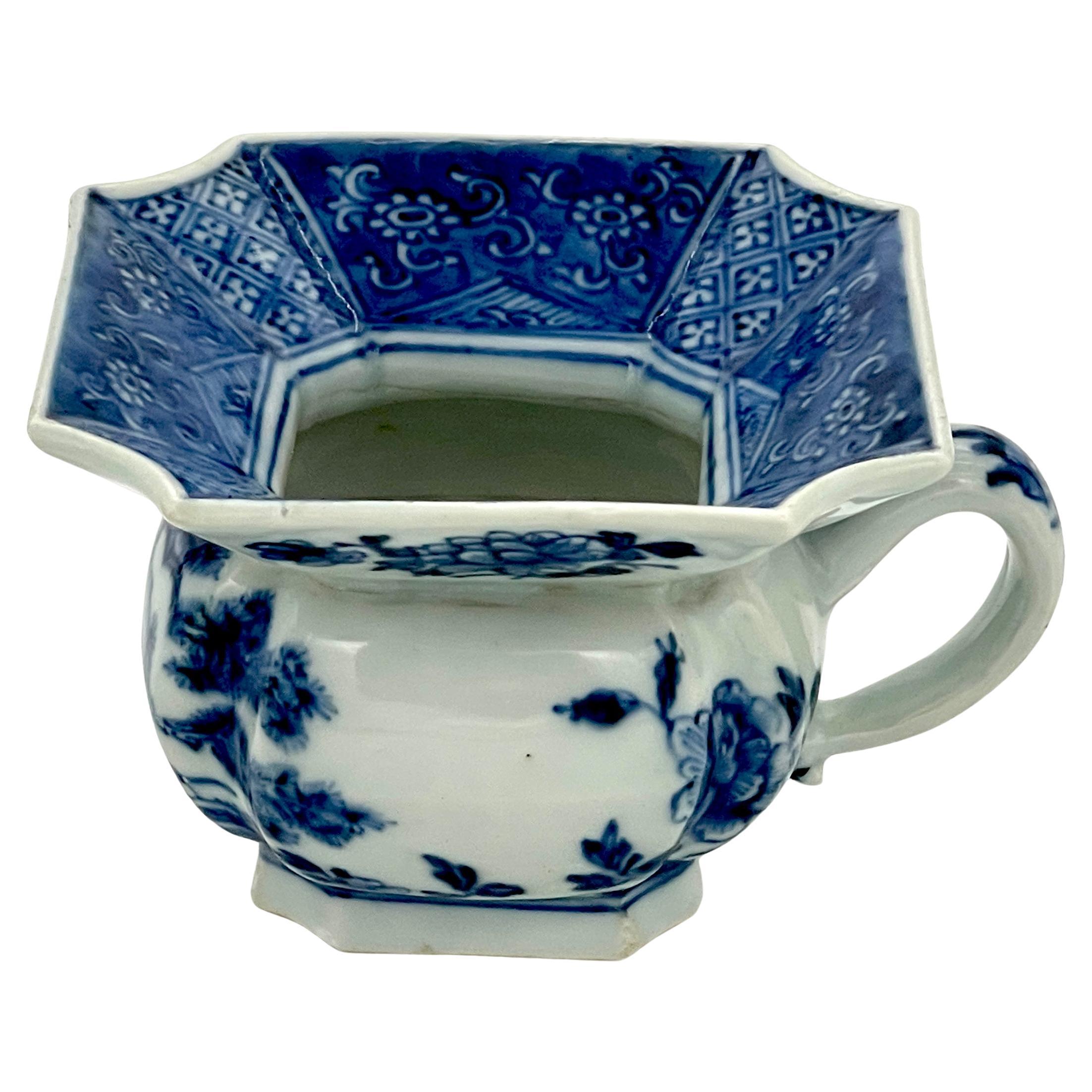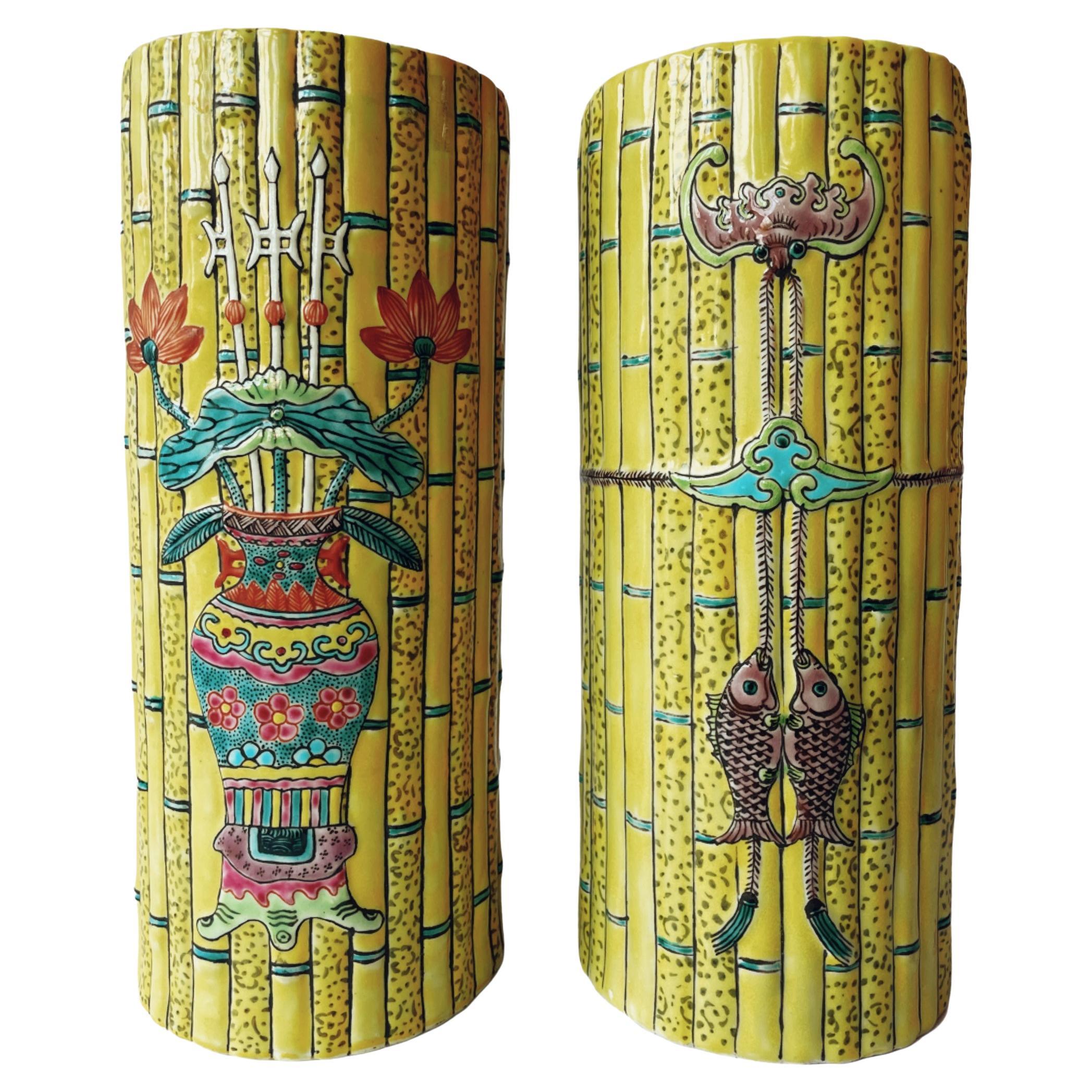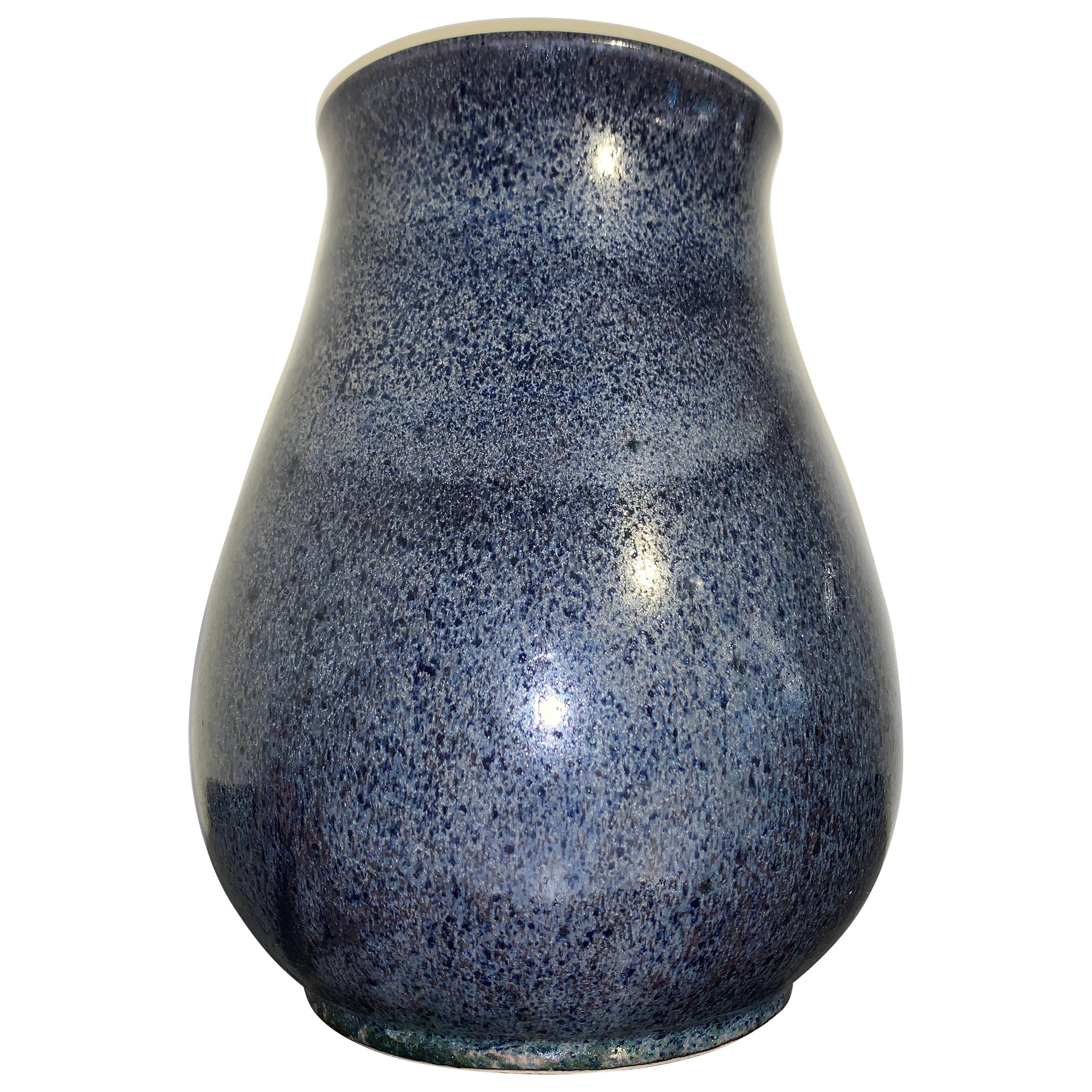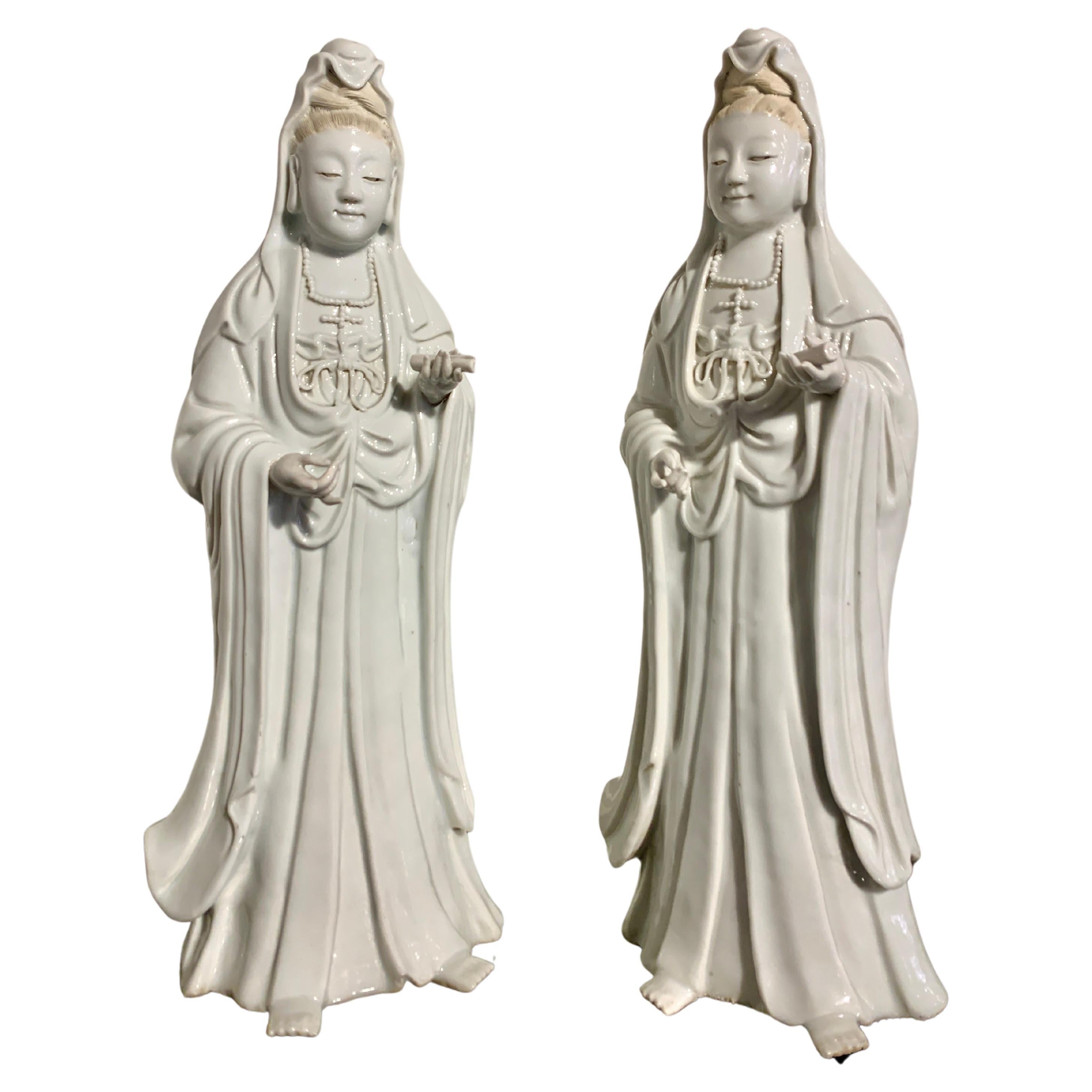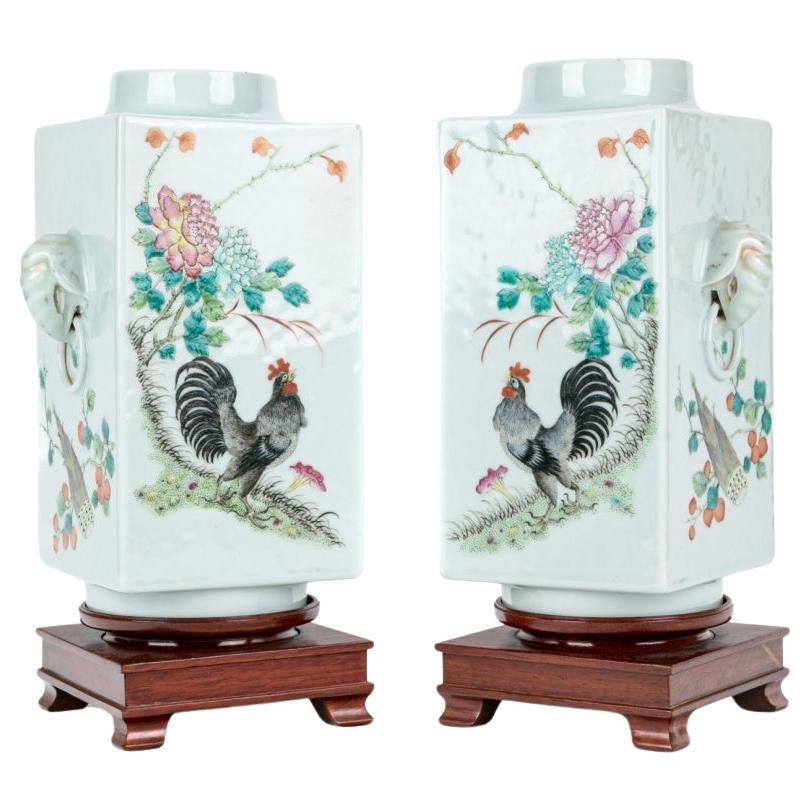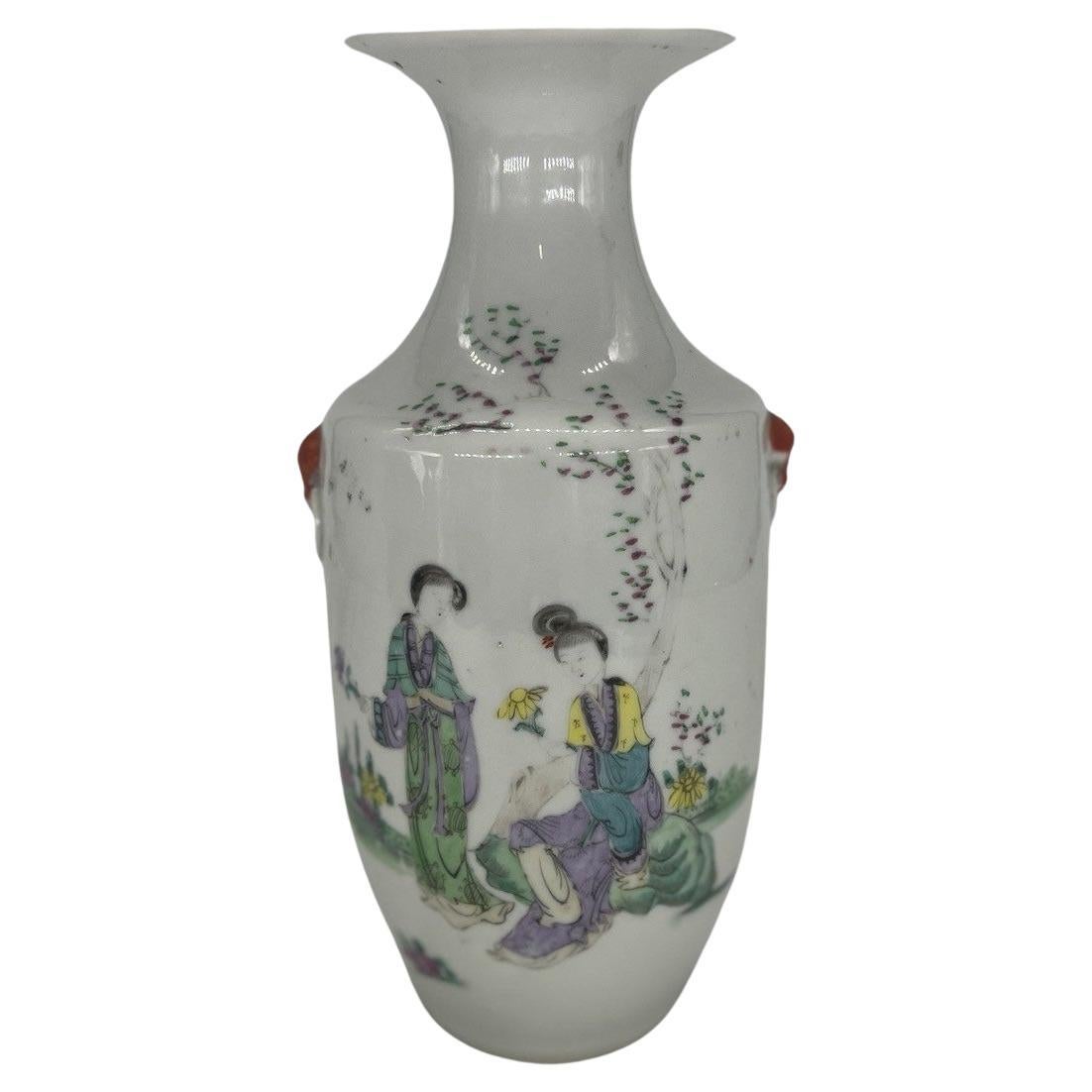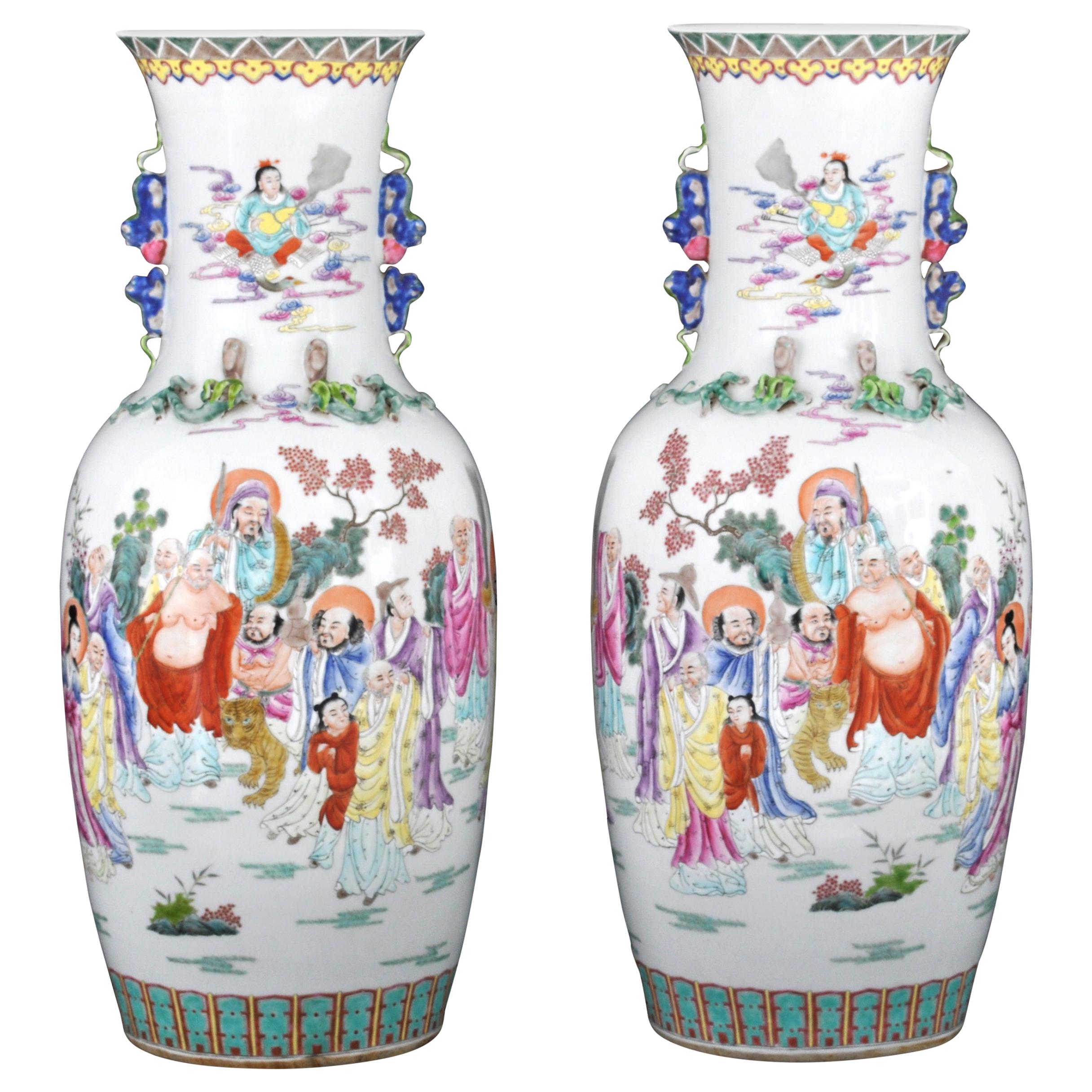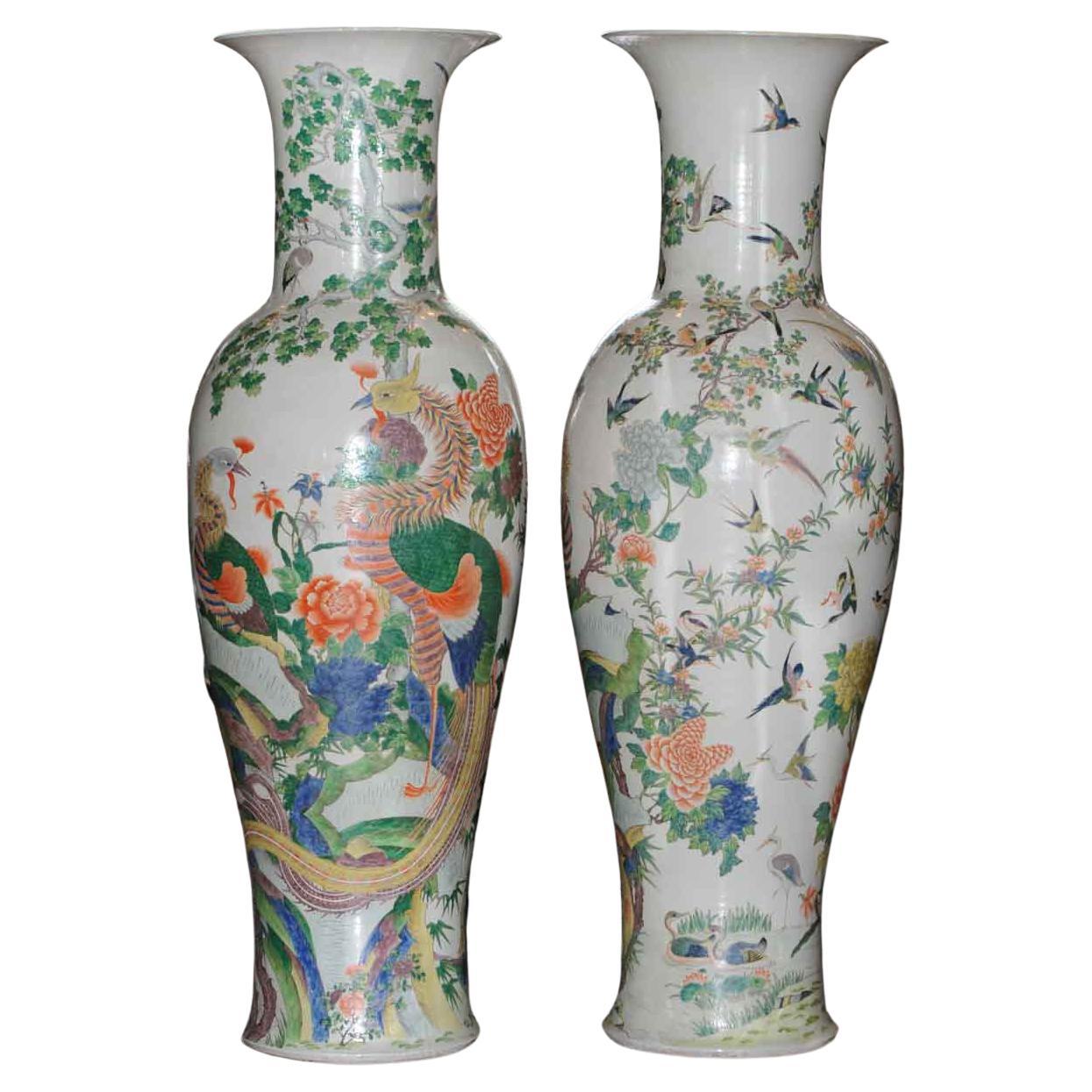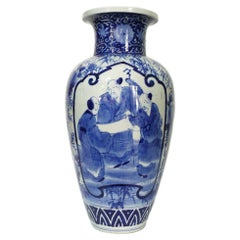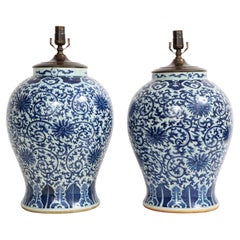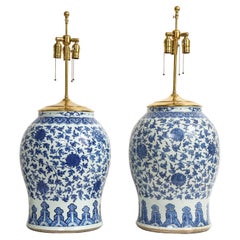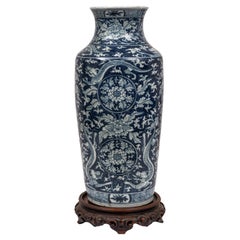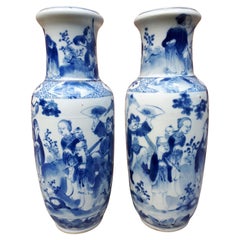
Pair Of Chinese Blue White Vases, China Qing Dynasty
View Similar Items
1 of 11
Pair Of Chinese Blue White Vases, China Qing Dynasty
About the Item
Authenticity Guarantee
In the unlikely event there’s an issue with an item’s authenticity, contact us within 1 year for a full refund. DetailsMoney-Back Guarantee
If your item is not as described, is damaged in transit, or does not arrive, contact us within 7 days for a full refund. Details24-Hour Cancellation
You have a 24-hour grace period in which to reconsider your purchase, with no questions asked.Vetted Professional Sellers
Our world-class sellers must adhere to strict standards for service and quality, maintaining the integrity of our listings.Price-Match Guarantee
If you find that a seller listed the same item for a lower price elsewhere, we’ll match it.Trusted Global Delivery
Our best-in-class carrier network provides specialized shipping options worldwide, including custom delivery.You May Also Like
Chinese Qing Dynasty Vase
Located in Buenos Aires, Argentina
Chinese Qing Dynasty Vase
Circa 1900 Origin China
Decoration with traditional scenes
(1644 - 1911)
Glazed and enamelled technique
Blue and white colour
Po...
Category
Antique Early 1900s Chinese Chinese Export Ceramics
Materials
Enamel
Pair of 19th Century Qing Dynasty Chinese Blue and White Vases Turned to Lamps
Located in New York, NY
A magnificent and large pair of 19th century Qing Dynasty Chinese blue and white porcelain vases mounted as lamps. Each i...
Category
Antique 19th Century Chinese Qing Ceramics
Materials
Porcelain
Pair of 19th Century Qing Dynasty Chinese Blue and White Vases Turned to Lamps
Located in New York, NY
A Magnificent and Large Pair of 19th Century Qing Dynasty Chinese blue and white porcelain vases mounted as lamps. Each i...
Category
Antique 19th Century Chinese Ceramics
Materials
Porcelain
Antique Blue White Chinese Porcelain Qing Dynasty Kangxi Period Dragon Vase 1680
Located in Portland, OR
A very large & rare antique Chinese Qing Dynasty Blue & White Porcelain Rouleau dragon vase, Kangxi period (1662-1722), the vase dating to the late 1600s.
The vase of slightly tapere...
Category
Antique 1680s Chinese Qing Ceramics
Materials
Porcelain
Chinese Blue and White Spittoon, Qing Dynasty, Kangxi Period
Located in West Palm Beach, FL
Chinese Blue and White Spittoon, Qing Dynasty, Kangxi Period
China, Circa 1700
An exquisite Chinese Blue and White Spittoon from the Qing Dynasty's Kangxi Period, showcasing the fin...
Category
Antique 18th Century Chinese Chinese Export Ceramics
Materials
Porcelain
$1,400 Sale Price
20% Off
Pair of 19th Century Qing Dynasty Faux Bamboo Chinese Vases
Located in Ixelles, BE
Faux bamboo Chinese vases were a type of decorative art that emerged during the Qing Dynasty (1644-1912) in China. These porcelain vases were designed to mimic the appearance of bamboo, a plant highly regarded in Chinese culture for its resilience, elegance, and symbolism. Bamboo is associated with attributes such as flexibility, strength, and modesty, making it a popular motif in Chinese art.
In the Qing Dynasty the color yellow held significant symbolism and represented imperial authority, power, and the emperor himself. Yellow was considered the most sacred and prestigious color in Chinese culture, and it had strong associations with the emperor's position as the Son of Heaven and the ruler of all under heaven.
The marks at the bottom of the vases indicate that these were crafted more specifically during the Tongzhi period – an emperor who reigned from 1861 to 1875, which effectively lasted nthrough his adolescence and was largly overshadowed by the rule of his mother, Empress Dowager Cixi. Although he had little influence over state affairs, the events of his reign gave rise to what historians call the “Tongzhi Restoration”, an unsuccessful modernization program.
The polychrome enamels representing on one vase a traditional Chinese kite...
Category
Antique Late 19th Century Chinese Chinese Export Ceramics
Materials
Porcelain
$2,636 Sale Price / set
20% Off
Recently Viewed
View AllMore Ways To Browse
Qing Dynasty Vase Pair
Pair Of Chinese Qing Dynasty Vases
Qing Dynasty Blue And White Vase
Satsuma Shimazu
Swatow Ware
Thousand Butterfly
Yuan Celadon
Antique Kintsugi Bowl
Antique Kutani Bowl
Bizen Yaki
Buddhist Incense Burner
Ceramic Roof Tiles
Ceramic Saucers
Chu Dau
Dai Nippon
Japanese Satsuma Koro
Martaban Dragon
Martaban Storage Jars
